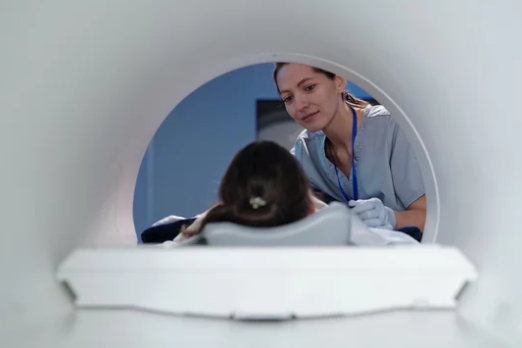Visualizing disease is a unique practice that combines medical knowledge with artistic skill. Medicine provides the science behind illnesses, while design brings these concepts to life through clear and detailed images. This collaboration helps doctors, students, and researchers better understand complex diseases by making invisible processes visible.
For centuries, medical illustrations have played a key role in explaining anatomy, but showing diseases required new methods and creativity. The partnership between medical experts and artists has led to more accurate and sophisticated visuals. These images not only support medical study but also improve communication in clinical and educational settings.
By blending science and design, medical illustrations become powerful tools that bridge the gap between knowledge and understanding. This teamwork continues to evolve, revealing more about diseases and aiding in treatment and learning.
Key Takeways
- Medical and design collaboration improves understanding of diseases.
- Accurate illustrations enhance medical education and communication.
- Visual tools in medicine are constantly evolving with new techniques.
The Synergy of Medicine and Design
Combining medicine and design creates a powerful way to explain complex disease information clearly and accurately. This approach uses detailed visuals, clear data presentation, and thoughtful communication methods to improve understanding for both medical professionals and the public.
Foundations of Medical Visualization
Medical visualization builds on detailed scientific knowledge and artistic skill. It uses precise anatomical and pathological images that show diseases and their effects on the body. These images must be both accurate and easy to interpret.
Historical medical illustrations laid the groundwork by combining art and science. Today, digital tools enhance this by enabling interactive, three-dimensional views. This helps users see inside the body and better grasp how diseases develop and spread.
Creating effective visuals also depends on understanding the medical context. Designers work closely with doctors to ensure that visuals are scientifically correct and relevant to current clinical knowledge.
Role of Data in Disease Illustration
Data drives modern disease illustration. It provides the facts needed to build accurate visual representations. Different types of data, such as imaging scans, genetic information, and patient statistics, feed into the visual story.
Advanced software processes this data to highlight key disease patterns and trends. Machine learning and algorithms can identify subtle changes that improve diagnosis and treatment visualization.
Using real patient data makes the visuals more trustworthy. It also allows for personalized illustrations that reflect individual disease variations, supporting precision medicine efforts.
Principles of Effective Health Communication
Clear communication is essential when showing disease information. The goal is to make complex medical ideas easy to understand for people without medical training.
Visuals should use simple labels, consistent colors, and logical layouts. These elements help viewers quickly identify what they need to know. Avoiding technical jargon and focusing on direct messages supports better comprehension.
Engaging storytelling techniques can connect emotionally with viewers while providing facts. This combination improves retention and encourages informed health decisions. The collaboration between designers and healthcare experts ensures that the message is both accurate and accessible.
Innovative Approaches to Visualizing Disease
Advances in disease visualization come from teamwork between medicine and design, using new technologies and clear storytelling. These approaches help map diseases more accurately, use innovative graphics tools, and improve how patients understand and manage their health.
Collaborative Methods for Disease Mapping
Experts in medicine and design work together to create detailed maps of disease patterns. They combine clinical data with visual storytelling to show how diseases develop and spread. These maps use both traditional charts and interactive tools that let users explore specific regions or risk factors.
Collaboration often involves data scientists, graphic designers, and healthcare professionals. They focus on accuracy and clarity, making complex information easier to grasp. This teamwork helps reveal trends not obvious in raw data, improving public health responses.
Emerging Technologies in Medical Graphics
New tools like AI, bioelectronic devices, and virtual reality are changing how diseases are shown visually. AI helps analyze large datasets, identifying hidden patterns and suggesting personalized treatment options. Bioelectronic devices collect detailed patient data that feeds directly into visualization platforms.
Virtual reality and 3D models allow doctors and patients to see conditions inside the body in immersive detail. These technologies improve diagnostics, surgical planning, and patient education by providing clearer, real-time views of diseases.
Impact on Patient Awareness and Care
Visual tools play a key role in educating patients and involving them in their own care. Clear medical illustrations and interactive visuals help explain complex diseases simply. Patients can better understand their condition, treatment options, and lifestyle changes.
By improving communication between patients and doctors, disease visualization supports more personalized care plans. It encourages active participation in health decisions, which can improve outcomes and overall disease management.
Also Read :
